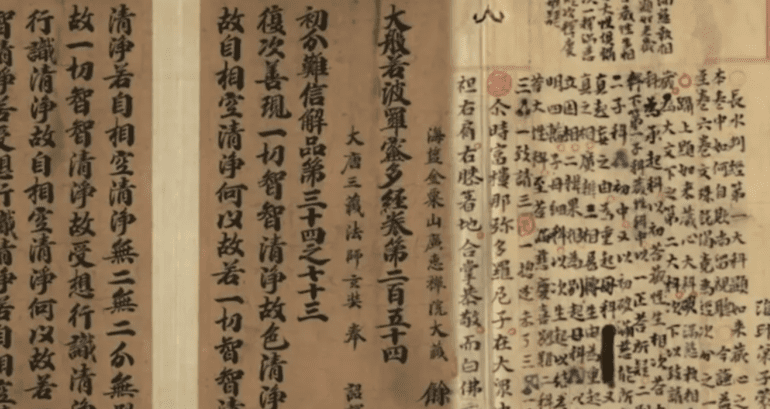TL;DR:
- East China’s Jiangsu Province unveils China’s first Large Language Model (LLM) for ancient books, named “Xunzi.”
- Xunzi employs deep learning and vast datasets to enhance the research and preservation of ancient Chinese books.
- The LLM contains over 2 billion Chinese characters and words, simplifying the translation of ancient texts into modern Chinese.
- It swiftly summarizes ancient texts, identifies themes, and extracts key information efficiently.
- Xunzi generates ancient poems following grammar and prosody rules and provides precise translations.
- The open-source LLM is accessible for free, fostering wider engagement with traditional Chinese culture.
Main AI News:
In a groundbreaking development, a research team hailing from East China’s Jiangsu Province has unveiled China’s inaugural Large Language Model (LLM). This remarkable AI algorithm christened “Xunzi” in homage to the eminent philosopher Xun Zi, is engineered to revolutionize the study of ancient Chinese texts. Leveraging deep learning techniques and colossal datasets, this LLM promises to usher in a new era of research and preservation of China’s rich literary heritage.
The primary objective of the LLM for ancient books is to intelligently process these venerable texts. It aspires to catalyze innovative advancements in the research and conservation of ancient Chinese books while elevating the efficiency and caliber of traditional Chinese culture’s inheritance. Furthermore, it seeks to seamlessly integrate LLM technology with the handling of ancient books, bridging the gap between the past and the present.
At its core, the LLM “Xunzi” boasts an extensive repository of ancient Chinese books and documents, encompassing revered collections such as the “Complete Library in Four Sections” or “Siku Quanshu.” With an expansive corpus comprising over 2 billion Chinese characters and words, this AI marvel is poised to reshape the landscape of ancient literature exploration.
Undoubtedly, the exploration of Chinese classical texts has historically been an arduous endeavor, reserved for scholars and experts. Wang Dongbo, a professor from the College of Information Management at Nanjing Agricultural University, leads the research team behind this revolutionary LLM. He underscores the pivotal role this AI plays in translating ancient texts into modern Chinese—a function of paramount importance.
The capabilities of this LLM extend far beyond mere translation. Researchers can now swiftly distill the essence of ancient texts, discerning their underlying themes with unparalleled efficiency. Moreover, the model excels at extracting key information from these texts, encompassing characters, events, and locales, streamlining the process of information retrieval.
In an artistic twist, the LLM can also craft ancient poems that adhere to grammar and prosody rules, inspired by prompts provided by users. For aficionados of poetry, this feature opens up new avenues of creativity. Additionally, it serves as a precise tool for translating ancient texts into modern Chinese, thereby illuminating the original meanings and connotations concealed within these age-old writings.
Under Wang’s stewardship, the research team has dedicated a decade to the digitization of ancient books and documents. Bolstered by the computational prowess of their university and guided by practical applications offered by Zhonghua Book Company, the team has crafted China’s inaugural open-source LLM for ancient texts within the realm of AI.
This groundbreaking LLM is now accessible to all, as it has been made publicly available on platforms like github.com and modelscope.cn as open-source software. In a generous spirit, Wang shares their journey of training Xunzi using freely available ancient texts from the internet, akin to the principles followed by OpenAI in training ChatGPT. Despite the substantial effort, resources, and capital invested, the team’s altruistic goal is to inspire a broader audience to engage with and appreciate the treasures of traditional Chinese culture.
Conclusion:
The introduction of China’s Xunzi AI Language Model marks a significant leap in the field of ancient book research. With its ability to efficiently process and interpret ancient texts, it not only aids scholars and experts but also paves the way for broader engagement with traditional Chinese culture. This innovation has the potential to open up new avenues for cultural preservation and exploration, making it a promising development for the market of AI-driven language models and cultural heritage preservation tools.

